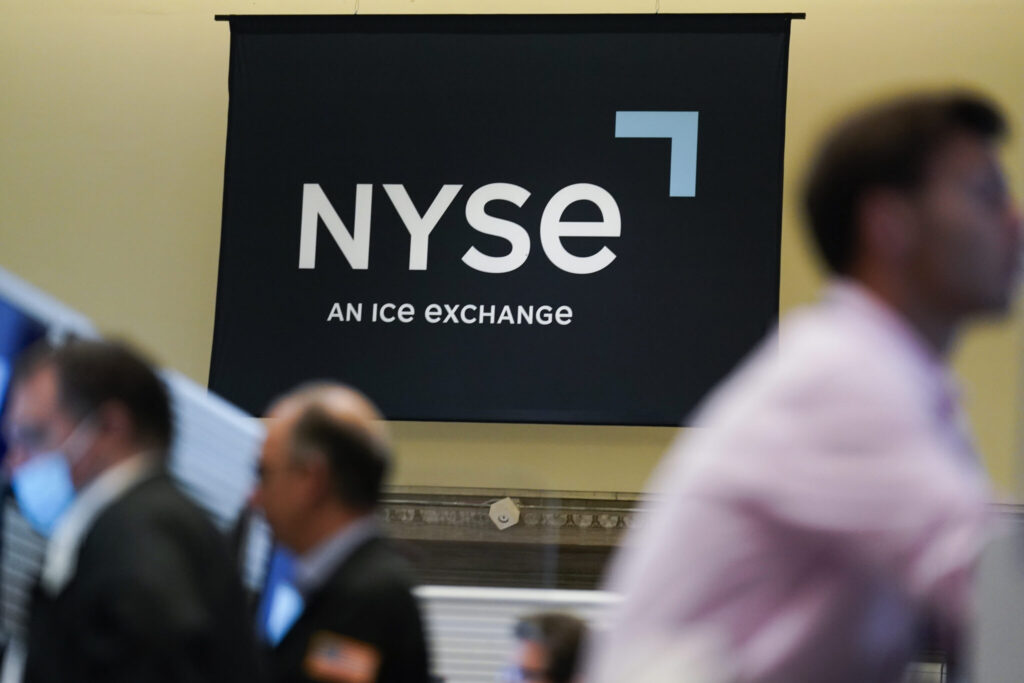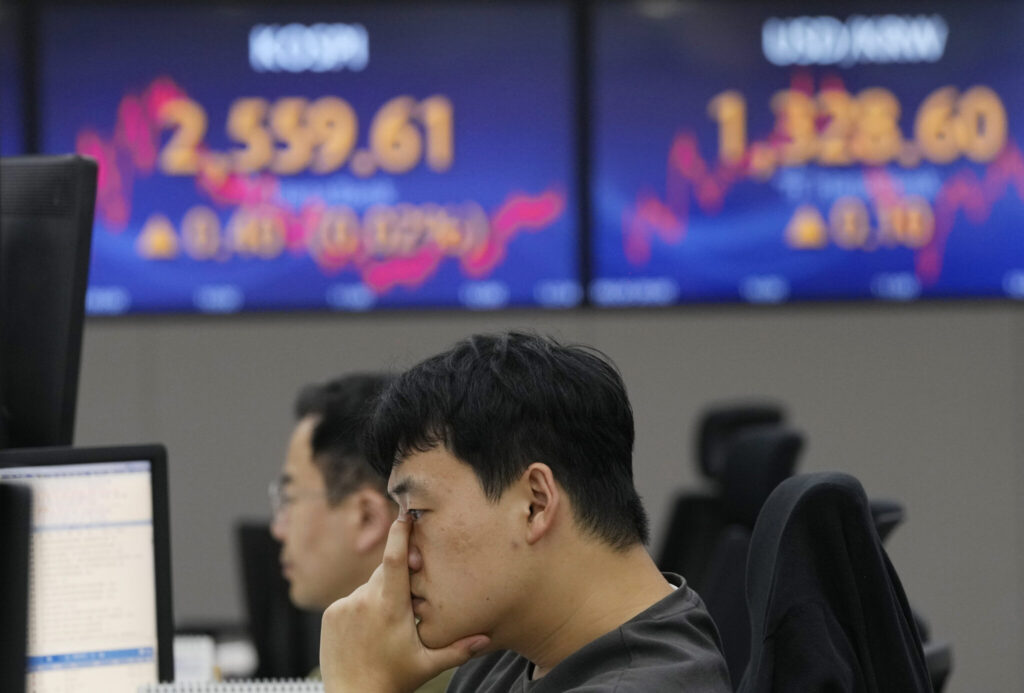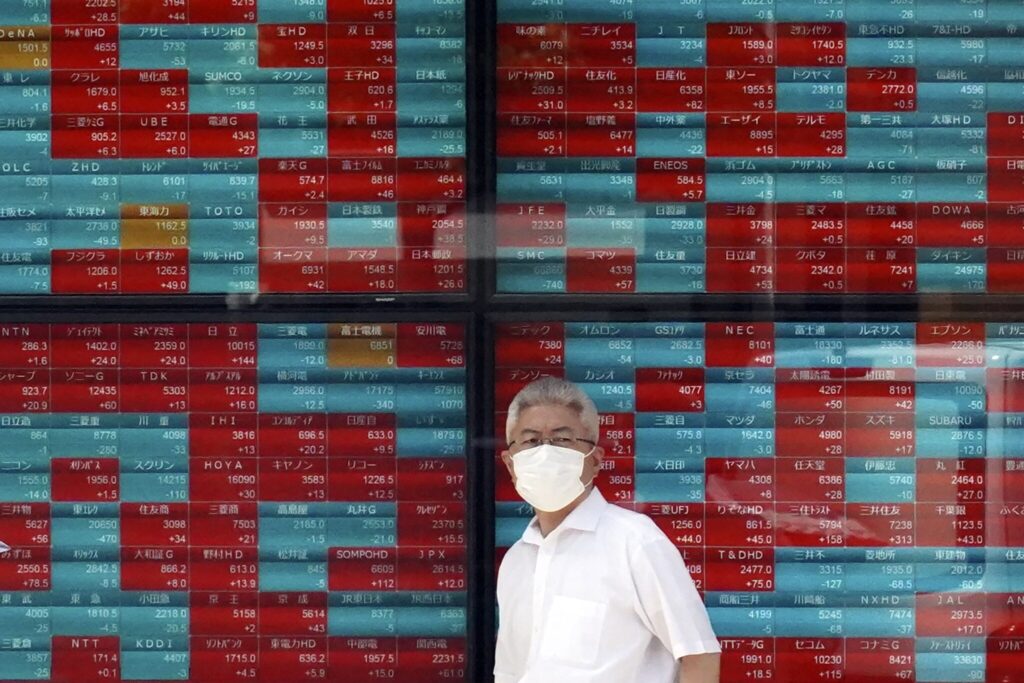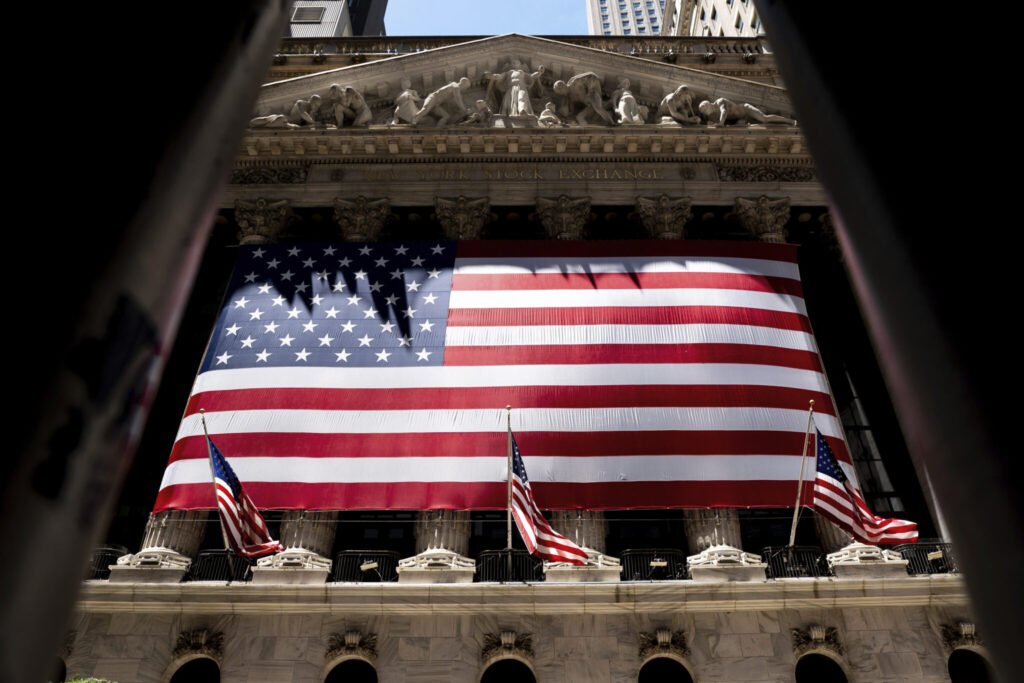A six-week reprieve for U.S. government funding that keeps public services functioning through mid-November has been enough to give stocks and bond yields a lift as the final quarter of 2023 gets under way. Most traders had assumed a shutdown from Sunday was inevitable – with all the disruption that entails, including hits to workers’ salaries and dissemination of critical economic data.
The Associated Press has the story:
US futures modestly lower after Congress averts shutdown
Newslooks- NEW YORK (AP)
Wall Street pointed modestly lower early Monday after Congress narrowly averted a U.S. government shutdown with a last-minute, weekend compromise.
Futures for the S&P 500 and the Dow Jones industrials each ticked down about 0.2% before the opening bell Monday.
After the worst month for markets this year, October begins with a slew of employment data. Reports on job openings, layoffs and the comprehensive monthly jobs report on Friday will give investors and economists new details on the country’s labor market, which has largely held up better than expected as the Federal Reserve cranked up interest rates in an effort to bring down inflation.

Fed officials have hinted in recent weeks that rates will be likely remain elevated for longer than previously thought as the central bank tries to get inflation down its 2% target. Last week, the government reported that core prices rose 3.9% in August from a year ago, below July’s reading of 4.2% and the slowest such increase in two years.
The yield on the 10-year Treasury yield rose to 4.64% early Monday, again near its highest level since 2007. The yield on the 2-year Treasury jumped to 5.1%.

Treasurys are seen as some of the safest investments possible, and when they pay higher yields, investors are less likely to pay high prices for stocks and other riskier investments. That’s a big reason why the S&P 500 dropped 4.9% in September to drag what had been a big gain for the year down to 11.7%.
Elsewhere, markets in China are closed for a weeklong holiday. Markets in India and South Korea also were closed.
Germany’s DAX lost 0.3% by midday, while the CAC 40 in Paris and Britain’s FTSE 100 both declined 0.4%.
A Japanese central bank survey showed business confidence on the rise, though that failed to lift investor sentiment in Tokyo.
The Bank of Japan’s “tankan” quarterly survey measured business sentiment among major manufacturers at plus 9, up from plus 5 in June. Sentiment among major non-manufacturers rose four points to plus 27, in the sixth consecutive quarter of improvement and the most positive result in about three decades.

Tokyo’s Nikkei 225 index gave up early gains, shedding 0.3% to 31,759.88. Australia’s S&P/ASX 200 lost 0.2% to 7,033.20. Taiwan’s Taiex gained 1.2%, while the SET in Bangkok edged 0.1% lower.
Oil prices have jumped to their highest level in more than a year, which is pressuring the economy by raising fuel costs for everyone. Early Monday, a barrel of U.S. crude was up 45 cents to $91.24 per barrel in electronic trading on the New York Mercantile Exchange. It sank 92 cents Friday to settle at $90.79, but it’s still up sharply from $70 in June.
Brent crude, the international standard, rose 60 cents to $92.80 per barrel.
In currency trading Monday, the dollar rose to 149.74 Japanese yen from 149.38 yen. The euro slipped to $1.0537 from $1.0589.
On Friday, Wall Street closed out its worst month of the year with more losses. The S&P 500 slipped 0.3% and the Dow fell 0.5%. The Nasdaq composite edged 0.1% higher.







